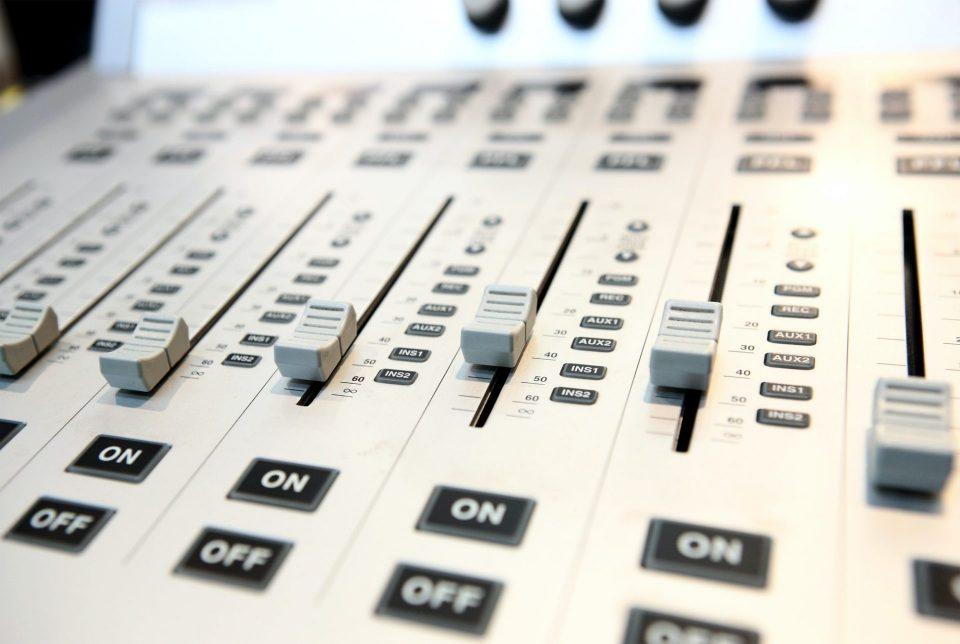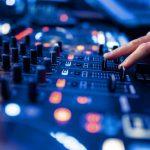If you are rehearsing or performing with a group, you automatically know that the last step before getting onto the stage is to make sure that everything blends nicely together. There is nothing that kills the performance of music more than not having the right sound. I’m sure many of you have experienced going to a performance and hearing a female voice taking over the entire band or noticing that one of the mics stopped the rest of the instrumentation from getting into the right groove.
Finding balance
The recording is no different in terms of finding balance. There will be two areas in which this happens, one which is with the physical recording, and one which is balanced through the EQs, also known as equalizers. When you are working in your studio, you want to make sure that you are aware of both of these sound levels for your recording, as it will make the entire difference in how your sound turns out in the end.
Mix it correctly
The first part of the sound balance comes from physical presence. This will be done through the mixing board. With this, there will be the need to balance the instruments as they will be recorded into the tracks so that the volume does not peak too high and so each individual instrument can have a natural sound to it. When building this part of the equalization, you will want to pay attention to both the input into the recording console as well as the output that the individuals hear through the monitors.
The main concept during this part is to make sure that everyone is equal. This means that the volume levels should be about the same for everyone. Remember that the lower it is, the more room you have to change the mix later. You don’t want anyone to peak with their instrument during any part of the recording. Sound checking will help with both the input and output parts of the recording.
Don’t forget the EQ and Envelope
The EQs are the next important part of getting the right mixes together. This is something that will be done from the mixing to the final mastering. During every step of the way, you will want to make sure that you have a balance between the high and low sounds and that one does not dominate over another.
There are a variety of standards that are followed in order to keep EQs in certain levels. This will be based on personal preferences as well as industry standards that are divided by genre of music. The main thing to keep in mind; however, is to not let one frequency be too loud over another. This means that the low part of one instrument should be about the same as the high end.
This should be the same for the instruments that are blended together. Unless you want some extra bass boost that comes through the recording or wants the piano to dominate over the other instruments, make sure that everything is at about the same volume level. Not only can you do this through the normalization, mixing, and mastering, but you can also place envelopes throughout the individual instruments. This will allow for certain parts of the song to be kept at a certain level then move back up to a normal dynamic level at another part.
Hearing is Believing
The best way to check and see if all of these components are working correctly is to see how the monitors sound. Your monitors should be placed up high and on both sides of the room so that you can hear how they sound bouncing back. The low ends on the bottom of the monitor will tell you if the bass is too high, and the high ends will let you know if the high ends are too high. You can then adjust according to your preference until you have a fit.
Whatever your style of music, never start without getting the balance between individual instruments and the whole put into place. The more you know about this mixing process and EQs the better the final mix will come out and the more professional it will sound. Finding your preferences and looking into the standards will give you a head start on keeping everything balanced.




